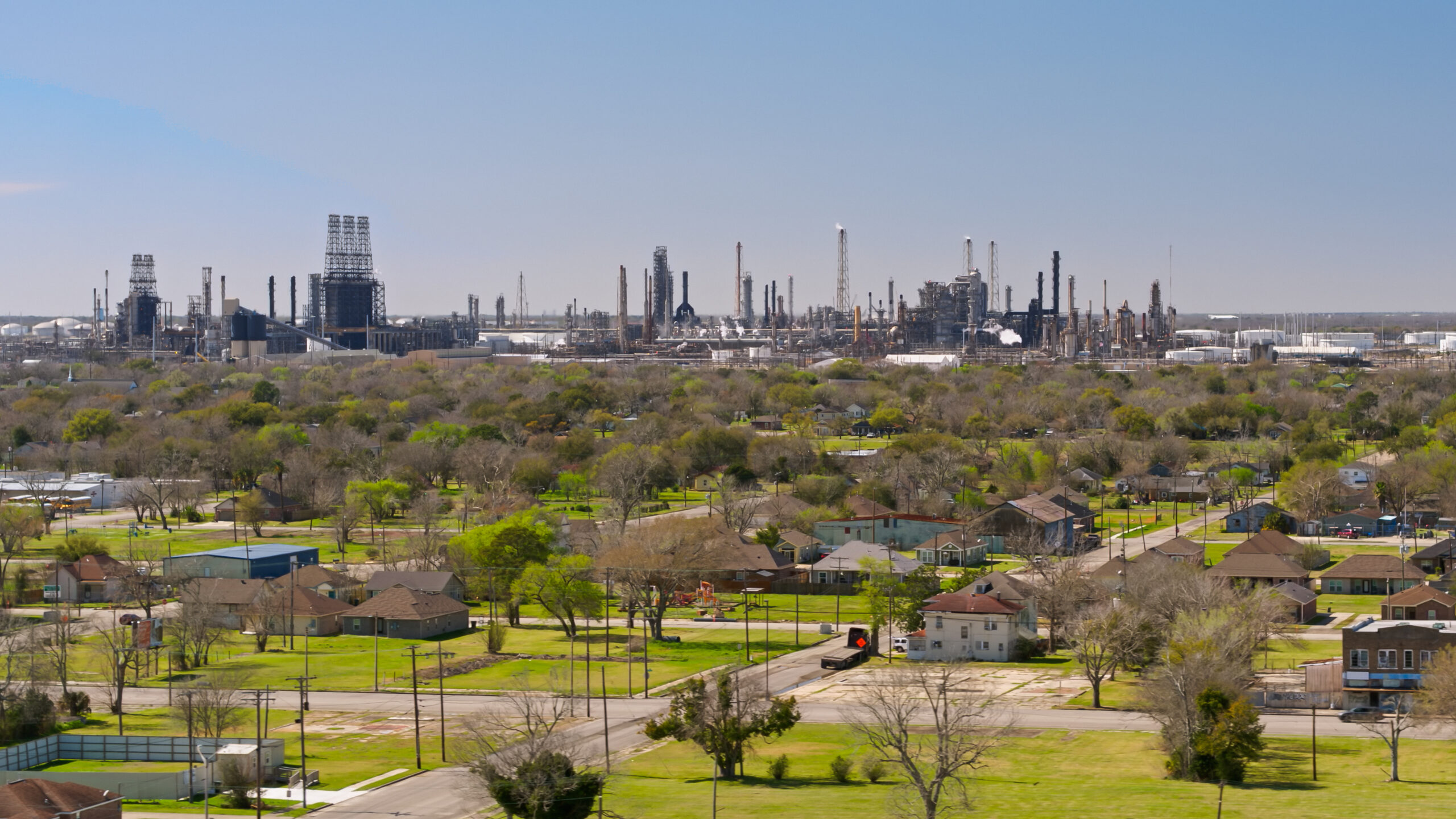Offsite Consequence Analysis: A Critical Tool for Chemical Release Hazard Assessment
Did you know that an accidental chemical release from a facility is not only hazardous to workers but also to those in surrounding communities? As a result of the hazards present, the Environmental Protection Agency (EPA) requires chemical facilities regulated under the Risk Management Program (RMP) rule to conduct an offsite consequence analysis (OCA) for each covered process at least once every five years.[1] The analysis is intended to determine the potential impacts of accidental chemical releases on communities surrounding the facility.
Two types of releases are assessed in the OCA, the (1) Worst-case release scenario, and the (2) Alternative release scenario.
The worst-case scenario is defined using conservative assumptions, including a 10-minute release of the entire contents of the largest vessel under stable atmospheric conditions.[2] As such, the worst-case scenario often estimates an overly conservative impact to areas surrounding an RMP regulated facility.
The alternative release scenario is intended to represent a more likely release scenario. Two criteria needed for the alternative release scenario are, (1) it is more likely to occur than the worst-case scenario, and (2) will reach an endpoint offsite. In addition, the weather data for the alternative scenario is based on average weather conditions for the facility, rather than the stable atmospheric conditions that the worst-case scenario is based on.[3]
When conducting the OCA, accurate source-term characterization is necessary to obtain realistic results. The source-term characterization involves quantifying the maximum inventory of each regulated substance, container conditions, and physical properties such as vapor pressure, molecular weight, and boiling point. The endpoint concentrations to be modeled for toxic substances are defined in Appendix A,[4] which corresponds to a material’s published Emergency Response Planning Guideline Level 2 (ERPG-2) value. The endpoint concentrations to be modeled for flammables are 1 psi overpressure for vapor cloud explosions and 5 kW/m² thermal radiation for pool fires.[5]
The OCA can be performed using “any commercially or publicly available air dispersion modeling techniques, provided the techniques account for the specified modeling conditions and are recognized by industry as applicable as part of current practices.” [6] As such, the software chosen for the modeling is selected based on scenario-specific considerations, such as the type of substance being modeled (dense or neutrally buoyant gas) and potential distance limitations of the software.
The modeling identifies the endpoint distances, then locations of population receptors (e.g., schools, hospitals, prisons) [7] and environmental receptors (e.g., national parks, wildlife sanctuaries, wilderness areas) [8] within the endpoint distances must be identified. Additionally, the population within a circle, with its center at the point of the release and a radius determined by the distance to the endpoint, must be determined. An example diagram illustrating the distances for toxic endpoints with receptor locations is shown in Figure 1.

Figure 1: Example OCA Toxic Endpoint Distances
Ultimately, the OCA serves as a tool to identify potential hazards from chemical releases to communities surrounding the RMP-regulated facility. The worst-case scenarios of the OCA are conservative and intended to ensure planning consistency of all RMP regulated processes within the facility. The alternative release scenarios are developed using facility-specific meteorological data, credible release scenarios, and credited safeguards. As such, alternative release scenarios are intended to more effectively identify process-specific hazards. By analyzing both types of scenarios for each covered process, appropriate engineering and administrative controls can be implemented to minimize potential hazards to communities from accidental chemical releases.
Contact R.E.M. Risk Consultants today to learn more about our services and how our experts can assist your facility in complying with EPA RMP requirements. For more information, visit our website at www.remrisk.com. Together, we can ensure a safer future for our communities.
[1] 40 CFR § 68.36 Review and update.
[2] 40 CFR § 68.25 Worst-case release scenario analysis.
[3] 40 CFR § 68.28 Alternative release scenario analysis.
[4] 40 CFR § 68 Appendix A-Table of toxic endpoints.
[5] 40 CFR § 68.22 Offsite consequence analysis parameters.
[6] 40 CFR § 68.25(g) and 40 CFR § 68.28(c) Parameters to be applied.
[7] 40 CFR § 68.30(a) Defining offsite impacts-population.
[8] 40 CFR § 68.33(a) Defining offsite impacts-environment.


